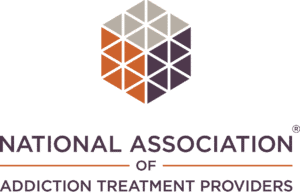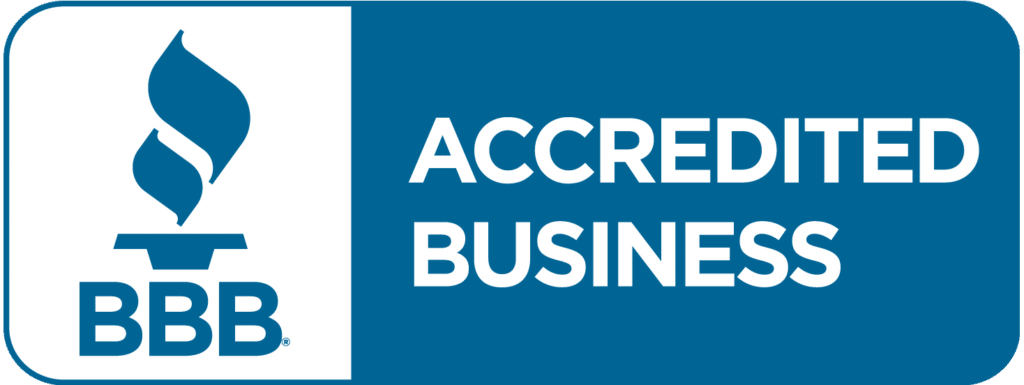Addiction and Eating Disorders: Co-Occurring Treatment
Addiction and eating disorders are considered co-occurring disorders. In addition, a co-occurring disorder occurs along with the addiction. The co-occurring disorder can appear before, simultaneously, or after the addiction. We often use the term dual diagnosis interchangeably with co-occurring disorders.
If someone is struggling with a diagnosis of both addiction and an eating disorder, they need specialized treatment. Dual diagnosis treatment considers the symptoms, effects, and underlying causes of both conditions at the same time. That’s important for someone to have positive outcomes in their recovery.
Along with eating disorders and substance addictions, depression, post-traumatic stress disorder, and anxiety often co-occur with drug or alcohol abuse.
According to the Substance Abuse and Mental Health Administration, an estimated eight million Americans have co-occurring disorders.
Someone diagnosed with a mental health disorder is twice as likely to develop an addiction to substances and vice versa.
Understanding Eating Disorders
Eating disorders aren’t simply about food and body weight. They’re complex mental health disorders that require effective psychological treatment to manage.
The disorders are defined in the American Psychiatric Association Diagnostic and Statistical Manual of Mental Disorders, fifth edition, also known as the DSM-5.
- In the United States, an estimated 20 million women and 10 million men currently have an eating disorder.
- This range of psychological conditions can lead to unhealthy eating habits, often with obsessions over food, weight, body shape, and sometimes excessive exercise.
- Severe eating disorders can lead to serious physical health complications or death if untreated.
- While anyone can experience an eating disorder, these mental health conditions are common in adolescent girls and young women.
Eating disorders include:
- Anorexia nervosa—someone with anorexia may think they’re overweight and have a distorted body image, even if they’re extremely underweight. Anorexia symptoms include calorie restriction, avoiding certain types of food, and constant weight monitoring. Obsessive-compulsive symptoms also frequently occur in people with anorexia nervosa. The mortality rate can be high without appropriate treatment for anorexia nervosa.
- Bulimia nervosa—this eating disorder includes recurrent episodes of eating very large amounts of food in a short period of time with a lack of control and then purging to try and get rid of the discomfort and make up for the calories consumed. People with bulimia nervosa might make themselves throw up after a period of binging. Purging is one of the possible compensatory behaviors someone might engage in.
- Binge eating disorder—symptoms are similar to bulimia or the anorexia subtype relating to binging. Someone with a binge eating disorder will feel a loss of control and eat large amounts of food in short periods of time. People with binge eating disorder don’t purge following binge episodes.
There are other eating disorders, such as pica, restrictive food intake disorder, and rumination disorder. The three above are most common and are most often associated with substance use disorders. These disorders have a major impact on quality of life and physical health.
Factors that could raise the risk of developing disordered eating include a family history of these disorders or other mental health issues, trauma, or dieting history.
According to the National Institute of Mental Health, if you have a personal history of anxiety, obsessive-compulsive disorder, or anxiety, these co-occurring conditions can increase the risk of an eating disorder.
General signs of an eating disorder can include:
- Not being able to stop destructive behavioral symptoms even when trying
- Being obsessively preoccupied with food
- Not being a healthy weight or able to maintain a normal weight
- Compulsive exercise
- Dental problems like worn tooth enamel
- Changes in menstrual period
- Extremely picky eating
- Body image dissatisfaction or body image issues
- Intense cravings
- Strict rituals surrounding dieting or food in daily life
- Isolation to hide abnormal eating patterns
The Relationship Between Eating Disorders and Substance Abuse
When someone has a substance abuse disorder, they lose control of their use of drugs or alcohol. A person may develop both an addiction and a physical dependence.
- When you’re addicted to a substance, your brain’s rewards centers experience activation when you use it.
- Your brain is hardwired to continue seeking things that bring pleasure, which drugs do.
- Over time, these effects lead to compulsive substance use that you can no longer control.
- You may have cravings and a preoccupation with getting and using more of the substance.
- Physical dependence occurs as your body develops a tolerance. You need more and more of whatever the substance is to feel high or get the effects you’re seeking. Your body changes how it makes certain brain chemicals in response to drug or alcohol exposure. If you were to stop using something you depend on, you would experience withdrawal symptoms.
Many factors can increase the risk of becoming addicted to something, and a lot of these factors are similar to the risk factors for eating disorders.
- Environment and social factors play a role.
- A history of trauma or physical or sexual abuse can raise the risk of eating disorders and addiction.
- Mental health is also relevant in both. If you have an untreated mental health disorder, you’re more at risk of conditions like anorexia and addiction.
- Using drugs or alcohol can be a coping mechanism or a way to deal with your feelings when you struggle with an eating disorder. Eating disorders are very isolating, and substances can become an escape.
There are other ways the two can be connected as well. Some people develop addictions stemming from the desire to lose weight. If you’re anorexic, you could also use stimulants like cocaine or prescription amphetamines to reduce your appetite and lose weight, which then contributes to addiction.
Eating Disorder Treatment
Like the contributing risk factors are similar for eating disorders and addiction, so are the treatment approaches.
Eating disorders can be managed and treated with psychotherapy. Psychotherapy is a form of talk therapy where you work with a counselor or other mental health professional. Cognitive-behavioral therapy (CBT) is an example of an evidence-backed approach to treating eating disorders. CBT is also very often part of addiction treatment.
When you participate in CBT, you start to understand your distorted thinking patterns driving your emotions and behaviors, so you can then change them.
Medications and medical care may be part of a treatment plan, particularly when someone with an eating disorder also has a mental disorder like depression or anxiety disorders.
Nutrition counseling can help with managing eating disorder symptoms, and it can also help promote recovery from addiction. Nutritional counseling following addiction can help return your body to a sense of balance and restore what was lost in terms of vitamins and nutrients.
Dual Diagnosis Treatment
If you’re seeking help for multiple conditions, one of which is an addiction, dual diagnosis treatment is the best type of program option. An intensive inpatient residential treatment program can be ideal. An inpatient treatment center provides a secure, safe and stable environment which is important in the early days of your recovery.
A dual diagnosis inpatient care plan will work to untangle the complex relationships between your disorders.
Often, dual diagnosis treatment is also trauma-informed since it’s such a common element of the background of many people with co-occurring disorders.
There are different levels of care available, depending on the symptoms you experience and your needs regarding both addiction and identifying eating disorder solutions. Family therapy might also be part of a treatment plan because of the role environmental factors can play in eating disorder behaviors and addiction.
If you’d like to learn about dual diagnosis treatment options, the Silicon Valley Recovery team can answer questions if you call us at 408-547-4089. We can speak confidentially and in a way that you’re comfortable with, wherever you are in your journey or road to recovery.









